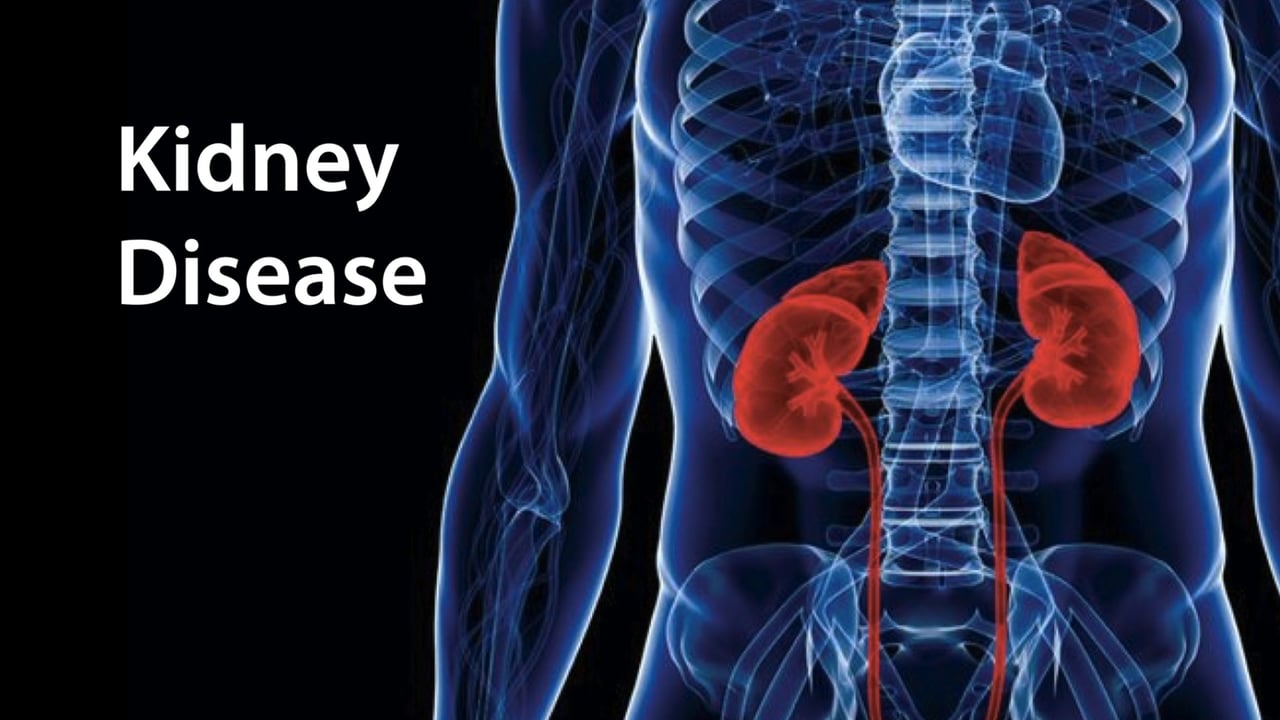Effect of Diuretic or Calcium-Channel Blocker Plus Angiotensin-Receptor Blocker on Diastolic Function in Hypertensive Patients.
Abstract
BACKGROUND:
Hypertension increases the risk of left ventricular (LV) diastolic dysfunction, and anti-hypertensive therapy may improve LV relaxation. The aim of this study was to investigate whether combining an angiotensin-receptor blocker (ARB) with either hydrochlorothiazide (HCTZ) or a calcium-channel blocker (CCB) improves LV relaxation in patients with hypertension and diastolic dysfunction.Methods?and?Results:Hypertensive patients who had not achieved their target blood pressure with at least 4 weeks of ARB therapy were randomly assigned to receive either a fixed-dose combination of losartan and HCTZ (losartan/HCTZ; n=110) or a combination of amlodipine and a typical ARB dosage (CCB/ARB; n=121) and followed for 24 weeks. The primary endpoint was change in early diastolic mitral annular velocity (e’, cm/s). Systolic blood pressure decreased in both groups after switch to the combination therapies. E’ velocity increased both in the losartan/HCTZ (0.52 cm/s) and in the CCB/ARB (0.59 cm/s) groups. The mean (95% CI) treatment difference was -0.02 (-0.37 to 0.34) cm/s, indicating that improvement in LV relaxation was similar between the groups. The ratio of early mitral inflow velocity to e’ velocity and left atrial volume index were significantly decreased in the losartan/HCTZ group.
CONCLUSIONS:
The combination of losartan and HCTZ is as effective as amlodipine plus ARB in improving LV relaxation in hypertensive patients.
by pubmed





